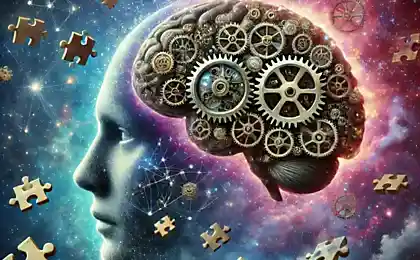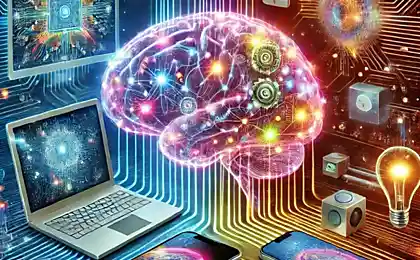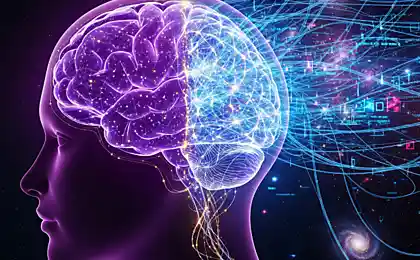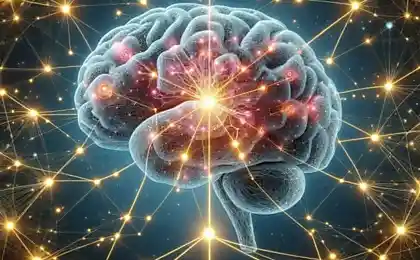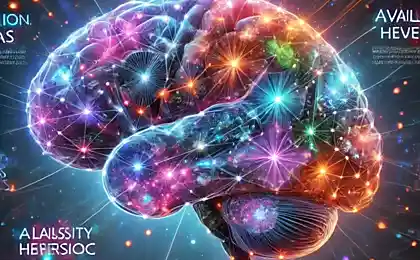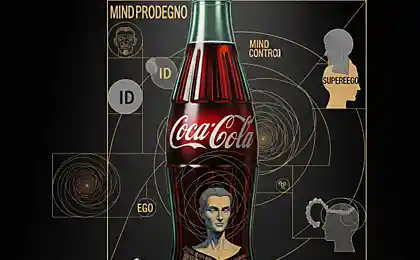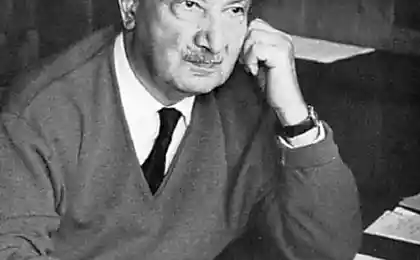272
How do you learn to think and start winning?
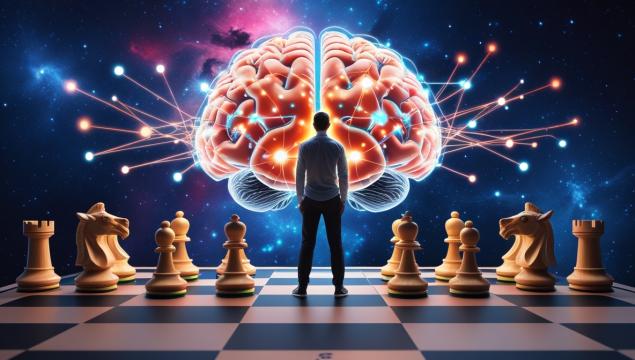
Strategic thinking is the basis of victory in any sphere of life
In our rapidly changing world, the winner is not the one who runs faster, but the one who thinks a few steps ahead. The quality of our decisions determines the trajectory of our lives. But how do you learn to think in such a way that your decisions systematically lead to victories? What distinguishes outstanding strategists from ordinary people? The answers to these questions are not so much in the possession of information as in the way it is processed.
Research from Stanford University shows that people who master the techniques of productive thinking make decisions 58% more efficiently and achieve their goals 3.4 times more often than their peers.
Architecture of winning thinking
The human brain is the most complex organ in the universe. But like a powerful computer without the right software, unstructured thinking rarely leads to the desired results. To start winning, you need to reprogram your thinking process.
1. Metacognition: Controlling your own thinking
The first step to winning thinking is to develop metacognition, or the ability to be aware of one’s own thought processes. It's like putting an observer in your own head.
Three-level technique
When making decisions, divide your thinking into three levels:
- Basic thinking An instinctive, emotional reaction
- Analytical thinking Logical analysis of facts and data
- Systems thinking Consideration of the situation in the broad context of systems and interconnections
The development of metacognition begins with the simple practice of regular reflection. Set aside 10 minutes at the end of the day to review your decisions. Ask yourself, “What thought patterns have I used?” What biases might have influenced my decisions? What could I have done differently?
2. Mental Models: Tools for Understanding Reality
Mental models are intelligent constructs that allow us to understand and interpret the world around us. Great strategists, from chess grandmasters to corporate executives, have a rich set of mental models to apply depending on the situation.

Mental models expand our ability to understand and solve problems
Key mental models for winners:
- Inversion Resolving the problem from the opposite (which could lead to the worst result?)
- Pareto Model The 80/20 rule allows you to identify the most productive actions.
- Game theory Understanding the strategic interaction of participants
- Systems thinking Perceiving relationships instead of isolated events
- Bayesian update Method of adjusting probabilities with new information
For practical use, choose one mental model per week and apply it to different situations. For example, using an inversion, instead of asking “How to succeed in a project?” ask “What is guaranteed to lead to a project failure?” and avoid identified factors.
From Theory to Practice: Winning Tools
1. Systemic problem solving
Winners don’t just solve problems; they build systems to prevent them from recurring. Mastery lies not in heroic efforts, but in creating processes that make success inevitable.
PSRO algorithm:
- Problem. - clearly define the essence of the problem without speculation
- System system Identify the systemic cause of the problem
- Decision Develop a system-changing solution, not symptoms
- Tracking Create a mechanism to control the effectiveness of the decision
2. Cognitive flexibility
The ability to switch between different styles of thinking is a hallmark of outstanding strategists. Cognitive flexibility allows you to avoid mental traps and view problems from different angles.
Neurobiological studies show that cognitive flexibility is associated with increased activity in the prefrontal cortex. The good news is that this ability can be developed through regular exercise.
Practice “role thinking” – consider the problem from the perspective of various experts: how would a mathematician, a physicist, a psychologist, an architect approach this task? This expands your thinking tools and opens up non-standard solutions.
3. Managing cognitive distortions
Our brains are full of built-in errors—cognitive distortions that imperceptibly drive us off the path to optimal solutions. Winners recognize their biases and purposefully compensate for them.
Three critical distortions that require control:
- Confirmatory distortion The tendency to look only for information confirming your opinion
- The binding effect Excessive influence of the first information received
- The illusion of control Overestimating the degree of influence on events
4. Deep learning and strategic transfer
True winners don’t just accumulate knowledge; they reveal fundamental principles that apply in a variety of fields. This skill is called strategic transfer.
For example, the principles of evolution apply to business strategy, and the laws of physics can explain the dynamics of social systems. Look for abstract patterns behind specific phenomena.

Strategic transfer allows you to see common principles in different areas.
Practical training of winning thinking
7-day program of strategic thinking development:
- Day 1: Keep a Decision Diary – Write down and analyze all significant decisions
- Day 2: Practice inversion – for each goal, determine what will lead to failure.
- Day 3: Apply the Pareto rule – highlight 20% of the actions that produce 80% of the results
- Day 4: Create mental maps for complex problems
- Day 5: Engage in “opposite thinking” – look for arguments against your position
- Day 6: Practice Systems Thinking – Analyze causality
- Day 7: Reflect on the entire weekly experience and highlight key insights
For maximum efficiency, combine this program with regular practice in intellectual games that require strategic thinking – chess, go, poker. Studies show that the skills learned in these games are successfully transferred to real life situations.
Conclusion: The Path to Systematic Victory
Winning thinking is not an innate talent, but a cultivated skill. By systematically applying the tools and techniques described, you transform your thinking process, which will inevitably lead to better decisions and results.
Great strategists do not win individual battles, but entire wars. Focus not on tactical wins, but on building systems that generate success as a natural consequence of your approach to problems.
Start today with one technique, gradually expanding your arsenal. Your mind is the most powerful tool you have. Learn to use it at maximum power, and victories will not be long in coming.
Glossary of terms
Metacognition
The ability to analyze one’s own thought processes, “thinking about thinking.” It involves understanding the cognitive strategies used to solve problems and evaluating their effectiveness.
Mental models
Intellectual constructs that represent a conceptual understanding of certain aspects of reality. They serve as tools for interpreting events and making decisions.
Cognitive distortions
Systematic errors in thinking that arise from dysfunctional beliefs affect decision-making and rationality of judgment.
The Pareto Principle
The rule of thumb is that 80% of results come from 20% effort. It is used to prioritize and focus resources on the most effective actions.
Strategic transfer
The ability to apply principles and knowledge from one field to another, identifying fundamental patterns that work in different contexts.
Cognitive flexibility
The ability to adapt thinking and behavior to the changing demands of the situation. It involves the ability to switch between different conceptual systems and thinking styles.
Systems thinking
An approach to analysis that focuses on understanding the relationships between the components of a system and considers phenomena in the context of broader systems rather than isolated events.
The role of stickers in commodity branding and logistics
State and Mafia: Points of Intersection and Fundamental Differences




